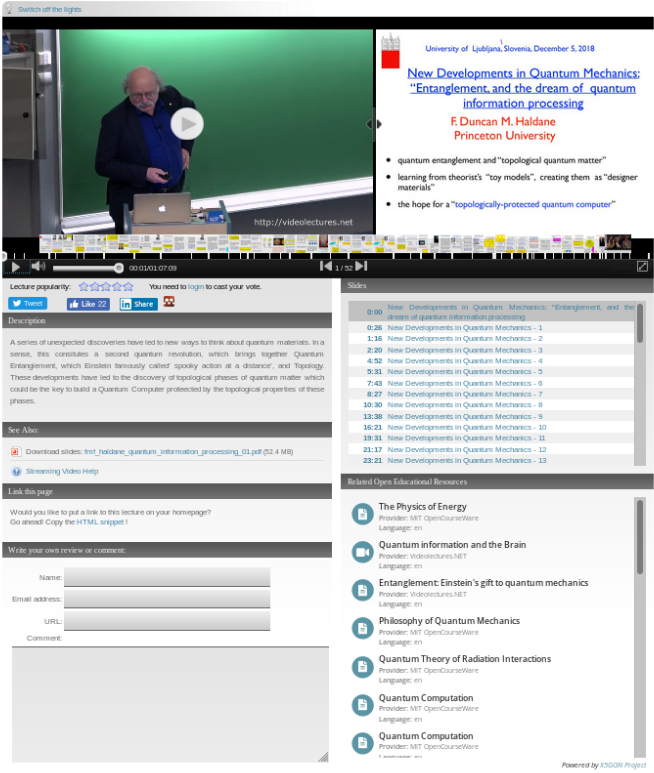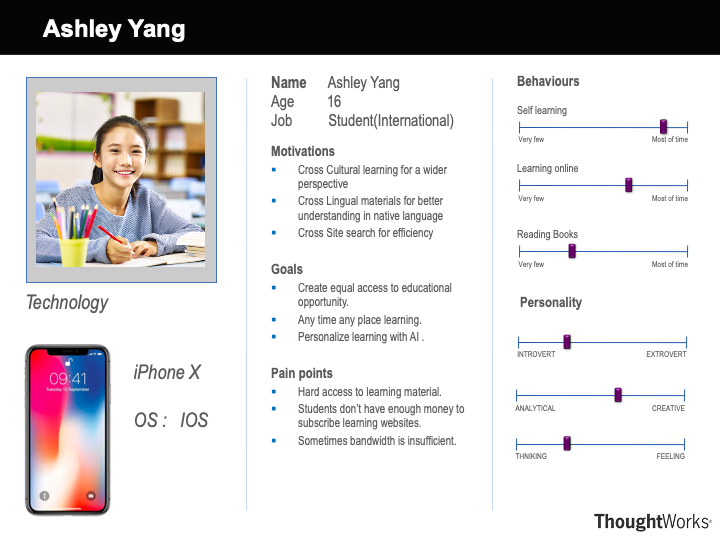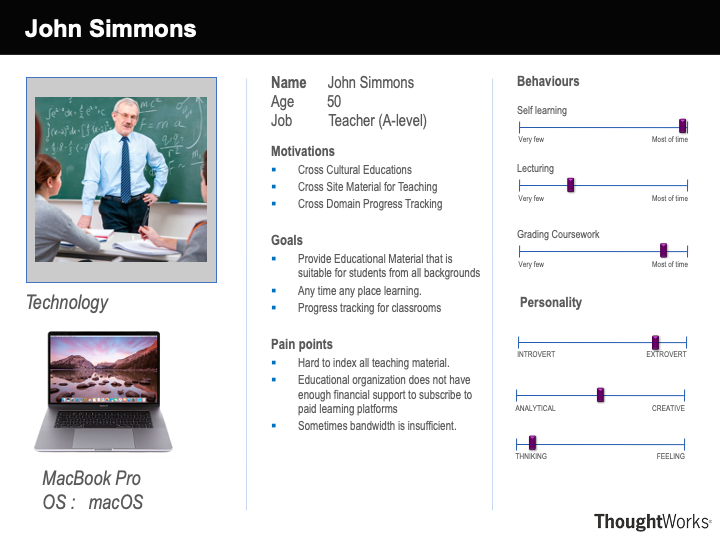
Figure: An demo of the original desktop X5GON interface (European Commission, 2017)
Project Goal
After meeting with our clients, we conclude our main project goals to be two main products, one of them being a key Mobile App and another being an optional optimisation if time permits.
iOS Mobile Application (Main)
-
Deliver a presentable and mobile-friendly user interface for the current X5GON backend, while maintaining its original functions.
-
Optimise the responsiveness and performance of X5GON through client-side buffering and smart pre-loading.
Improve X5GON's X5Learn Backend (Optional)
-
Identify flaws on the X5GON backend through gathering anonymous user data and feedback.
-
Investigate and Improve X5GON's information retrieval and recommendation algorithms (if time permits).


